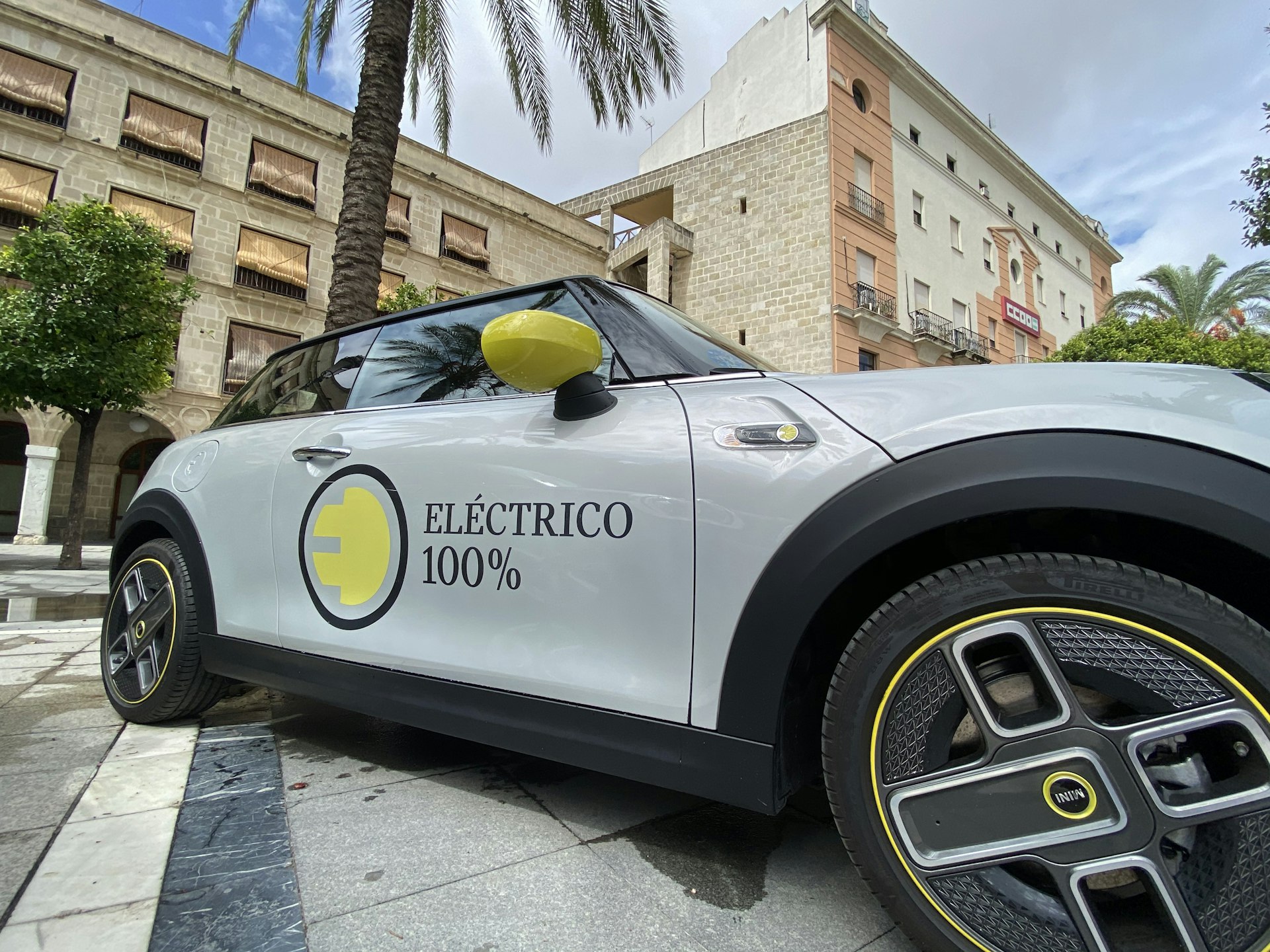Solid-State Batteries: Transforming the Automotive Industry’s Future

Photo by Mika Baumeister on Unsplash
Introduction: Why Solid-State Batteries Are a Game-Changer
In recent years, the automotive industry has experienced a surge in electric vehicle (EV) adoption, driven by consumer demand for sustainability and regulatory pressure to reduce emissions. At the heart of this transformation is battery technology, with solid-state batteries (SSBs) emerging as a breakthrough poised to redefine what is possible for automotive performance, safety, and cost. This article explores the profound impact of solid-state batteries on the automotive industry, covering technological advancements, real-world examples, and guidance on how manufacturers and consumers can leverage this new wave of innovation.
Understanding Solid-State Batteries: The Fundamentals
Solid-state batteries differ from conventional lithium-ion batteries in a critical way: they use a solid electrolyte instead of a liquid one. This structural difference yields several significant benefits, including higher energy density, improved safety, and longer lifespan. The absence of flammable liquid electrolytes reduces the risk of fires or thermal runaway events, addressing one of the key safety concerns with current EV technologies [1] . In addition, solid-state batteries can allow for more compact designs and lighter battery packs, further improving vehicle efficiency and range.
Key Benefits for the Automotive Industry
1. Enhanced Energy Density and Extended Range
Solid-state batteries can store more energy in the same physical space as traditional lithium-ion batteries. This translates directly into longer driving ranges for EVs, addressing one of the main barriers to consumer adoption. For example, Toyota has announced plans for solid-state EVs capable of achieving up to 1,200 km (about 745 miles) of range on a single charge, a significant leap over most current models [2] .
2. Faster Charging Times
One of the most attractive features of solid-state batteries is their potential to dramatically reduce charging times. Toyota and other automakers are targeting charge times as low as 10 minutes, which could make electric vehicles just as convenient as refueling a gasoline car [2] . This advancement could remove a significant pain point for users and accelerate mass adoption of EVs.
3. Improved Safety Profile
The elimination of liquid electrolytes makes solid-state batteries far less prone to overheating, leaking, or explosion. This enhances safety not only for personal vehicles, but also for larger applications such as trucks, buses, and even aviation [1] . Automakers and consumers alike benefit from the reduced risk of catastrophic failure and the potential for lower insurance premiums.
4. Longer Lifespan and Lower Total Cost of Ownership
Early prototypes of solid-state batteries have demonstrated the ability to withstand more than 1,000 charge cycles with minimal degradation, resulting in fewer replacements and lower long-term costs for both individual consumers and fleet operators [2] . This increased durability also reduces manufacturing waste and environmental impact over the vehicle’s lifecycle.
Industry Adoption: Case Studies and Current Trends
Major automakers are investing heavily in the research and development of solid-state battery technologies. Toyota, Volkswagen, BMW, Mercedes-Benz, and Hyundai have all announced significant initiatives to bring solid-state-powered vehicles to market within this decade [1] [4] . Volkswagen, for example, has invested more than $300 million in QuantumScape, a leading startup in the sector [2] . These moves signal a clear industry trend toward the integration of solid-state batteries into mainstream EV models.
Government agencies are also supporting this shift. In the United States, the Department of Energy has provided hundreds of millions of dollars in grants for battery research, while similar initiatives are underway in Europe and Asia [2] . These investments are accelerating the commercialization timeline and encouraging cross-sector collaboration.
Technical Challenges and Research Directions
Despite their promise, solid-state batteries face several technical challenges that must be overcome for widespread adoption. Manufacturing at scale remains complex and costly, and ensuring consistent contact between solid components is more difficult than with traditional liquid-based designs [3] . Researchers are focusing on materials science innovations, such as defect engineering and novel electrolyte compositions, to improve performance and reliability. Recent studies have demonstrated significant gains in conductivity and cycle life through the use of halide superionic conductors and high-entropy laminates [5] .
For those interested in learning more about the latest research, you can search for recent publications from organizations like the American Chemical Society or university energy institutes. These sources regularly publish updates on breakthroughs and ongoing challenges in solid-state battery development.
Practical Steps for Automakers and Consumers
Automakers seeking to integrate solid-state batteries into their vehicle lineups should monitor advancements in materials science and partner with specialized battery startups. Developing supply chain strategies for new materials and investing in pilot production lines are critical steps. For guidance, manufacturers can connect with industry groups such as the U.S. Department of Energy’s Vehicle Technologies Office or European Battery Alliance. These organizations provide funding opportunities, networking, and technical advice.
Consumers interested in owning vehicles equipped with solid-state batteries should stay informed about upcoming model releases from major automakers. It is advisable to regularly check official manufacturer websites and automotive news outlets for announcements. When new models become available, scheduling test drives and consulting with dealerships about maintenance expectations and warranty coverage will help maximize the benefits of this emerging technology.
Overcoming Barriers and Alternative Approaches
While solid-state batteries hold immense promise, their high initial cost and manufacturing complexity may limit availability in the near term. As an alternative, some automakers continue to advance traditional lithium-ion battery designs, improving range and safety through incremental innovations. Plug-in hybrid vehicles and extended-range EVs provide additional pathways for consumers to access electric mobility as the industry transitions to solid-state solutions.
For fleet operators and organizations with large vehicle inventories, pilot programs and partnerships with automakers can offer early access to solid-state technology. Engaging with industry working groups, attending automotive expos, and subscribing to technical journals can provide insights into deployment timelines and best practices for integrating new battery technologies.
Key Takeaways and Next Steps
Solid-state batteries represent a transformative opportunity for the automotive industry, promising greater safety, faster charging, longer range, and reduced total cost of ownership. Major automakers and government agencies are investing heavily in their development, with several high-profile case studies signaling momentum toward commercialization. However, technical and manufacturing challenges remain, and ongoing research is crucial to unlocking the full potential of this technology.
To stay up to date and access further resources, consider the following steps:

Photo by Anton Jansson on Unsplash
- Monitor official automaker announcements for new solid-state EV models.
- Search for “solid-state battery research” on established scientific journal platforms and university energy institute websites for technical updates.
- For manufacturers, contact industry groups such as the U.S. Department of Energy’s Vehicle Technologies Office or the European Battery Alliance for partnership and funding opportunities.
- For consumers, consult with dealerships regarding the availability and service requirements of next-generation EVs.
References
- [1] Cyberswitching (2024). Unlocking the Potential: Solid-State Batteries for Electric Vehicles.
- [2] AppCloneScript (2024). The Rise of Solid-State Batteries: Impact on the EV Industry.
- [3] Johns Hopkins University Energy Institute (2024). The Future of Solid-State Batteries in the Electric Vehicle Industry.
- [4] The Next Avenue (2025). How Solid-State Batteries Are Changing the Future of Electric Cars.
- [5] ACS Axial (2024). Solid-State Battery Advancements, Challenges, and Industry Impacts.
MORE FROM promospotlight.com













